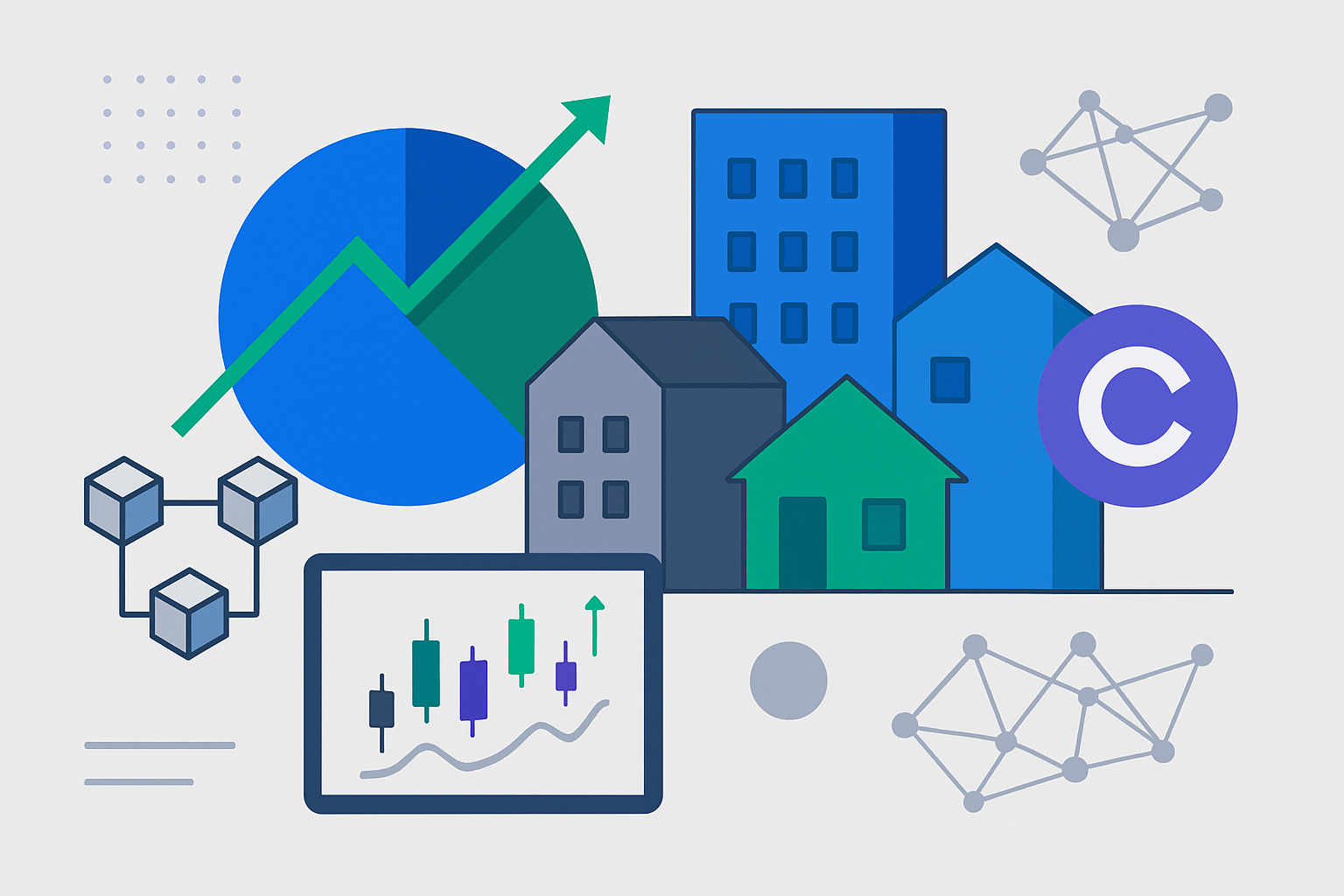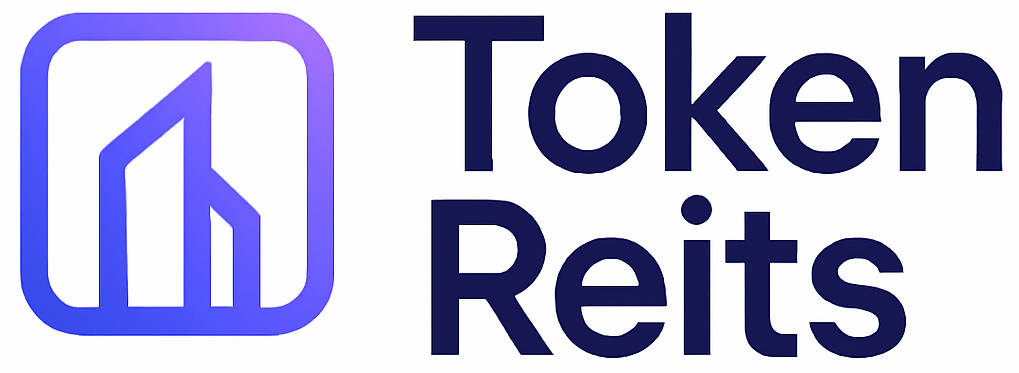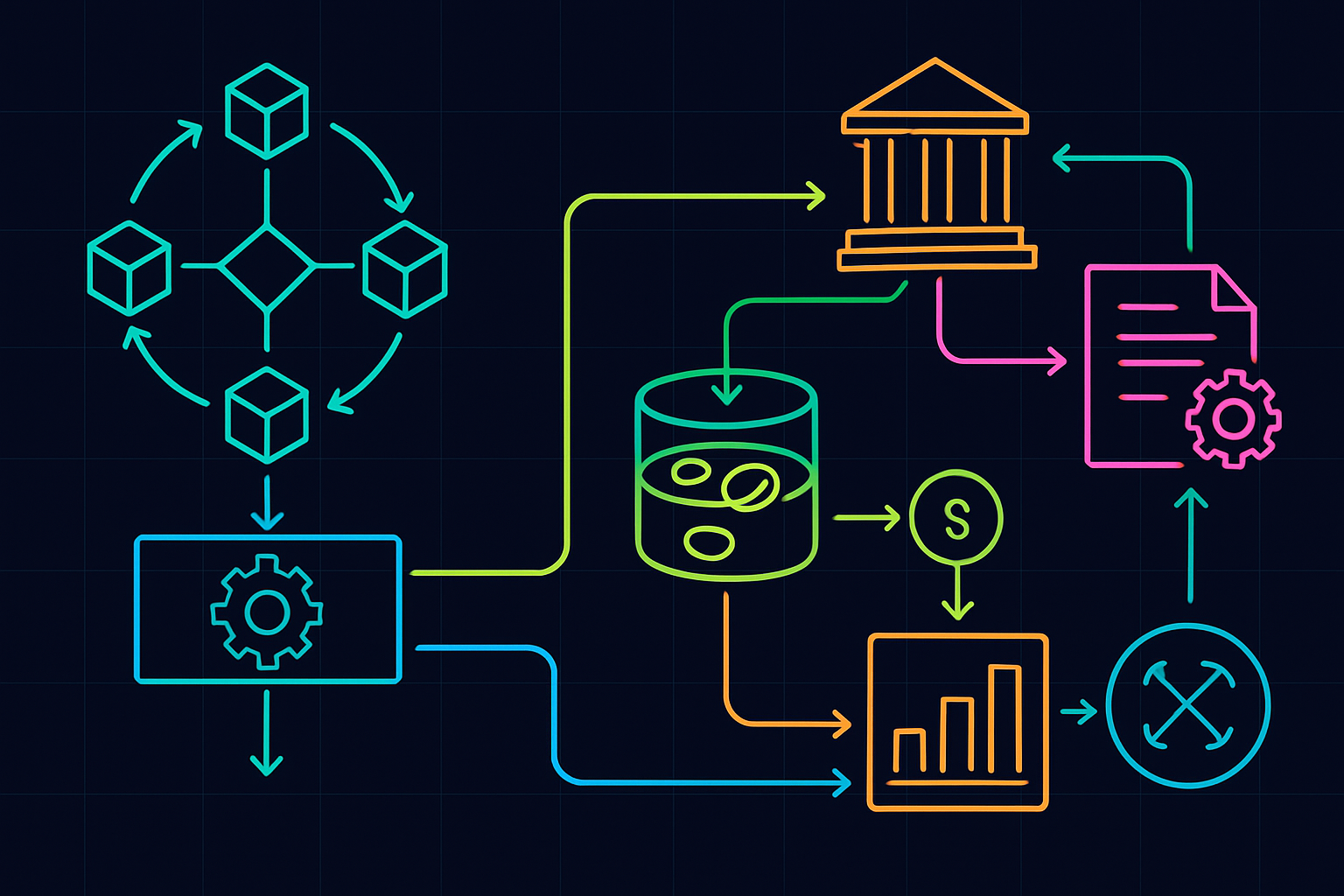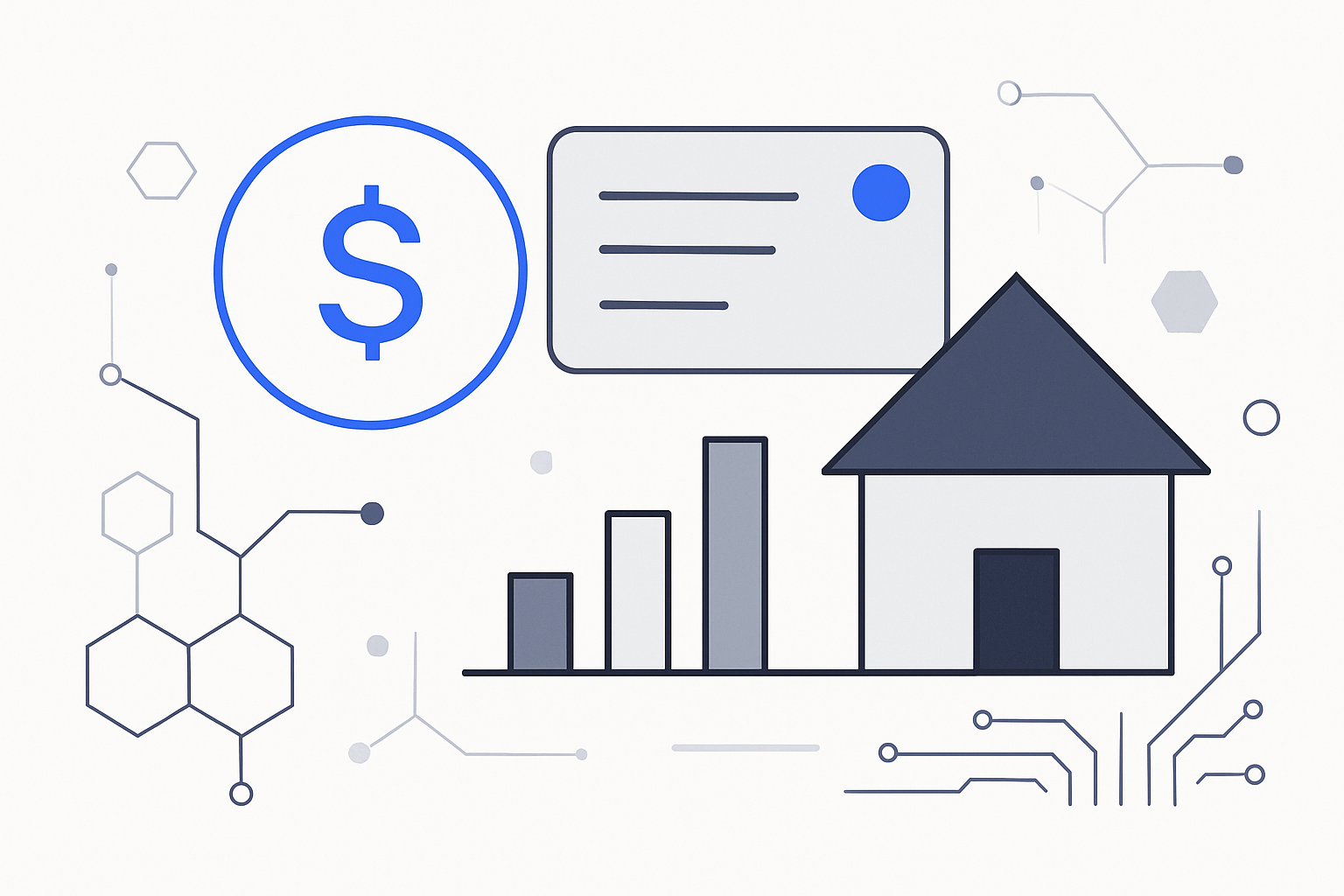
In 2025, the intersection of blockchain and real estate has reached a pivotal moment: real-time on-chain data is rapidly redefining how property markets operate, invest, and report. By encoding ownership, rental income, and property performance directly onto public blockchains, tokenized real estate platforms are unlocking new standards of transparency, liquidity, and accessibility for investors worldwide.

Tokenized Real Estate Market Growth: The $4 Trillion Horizon
The numbers tell a compelling story. According to Deloitte Insights, the global value of tokenized real estate is projected to surge from less than $300 billion in 2024 to over $4 trillion by 2035. This anticipated compound annual growth rate of more than 27% is not just a function of speculative hype – it reflects deep structural changes in how assets are digitized and traded. Today’s leading platforms facilitate fractional ownership through property tokens, allowing both institutional and retail investors to access previously illiquid markets. The impact is particularly pronounced in high-barrier regions like London, New York, Dubai, and Singapore.
What’s driving this acceleration? Real-time on-chain data. By integrating live feeds for property valuations, rental income streams, occupancy rates, and legal status updates directly onto blockchains, tokenized assets become more transparent and verifiable. This shift underpins investor confidence and regulatory acceptance – key prerequisites for mainstream adoption.
Institutional Adoption and Regulatory Shifts
The maturation of tokenized real estate isn’t occurring in isolation. Major financial players are now moving beyond pilot projects into full-scale integration. A notable milestone: Nasdaq’s recent proposal with the U. S. Securities and Exchange Commission seeks to enable trading of tokenized securities on its main market – a direct acknowledgment that blockchain-based assets belong within the national market system.
This institutional momentum coincides with evolving regulatory frameworks worldwide. While some regions such as Hong Kong have temporarily paused certain real-world asset (RWA) tokenization activities pending further review, others are forging ahead. Dubai’s DAMAC Group recently partnered with MANTRA to tokenize at least $1 billion in assets as part of the city’s ambition to become a global digital asset hub (read more here). These developments underscore how regulatory clarity – or lack thereof – can catalyze or constrain innovation at scale.
The Role of Real-Time On-Chain Data: Transparency and Liquidity Unleashed
The heart of this transformation lies in the continuous flow of live data onto blockchains. Traditional real estate investment often suffers from opaque pricing models, delayed reporting cycles, and cumbersome settlement processes. In contrast, real-time on-chain data enables:
- Instantaneous price discovery: Platforms like RWA. xyz aggregate live trading activity for property tokens across multiple chains.
- Automated compliance: Each transfer updates government or legal databases instantly (see QuillAudits’ technical guide).
- Dynamic rental verification: Smart contracts use oracles to confirm rent payments and tenant status without manual intervention.
- Simplified secondary trading: Cross-chain frameworks like xRWA allow seamless movement of assets between blockchains without redundant checks or bottlenecks.
This paradigm shift extends far beyond simple digitization; it represents a fundamental rewiring of trust mechanisms in global property markets. For investors seeking exposure to commercial or residential assets via tokens – whether for diversification or yield generation – these advances mean lower friction costs and higher confidence in reported returns.
Beyond the technical upgrades, real-time on-chain data is also reshaping how property managers, issuers, and investors interact with real estate assets. Automated rental payments, for instance, are now verified and settled through smart contracts that record every transaction on public ledgers. This not only eliminates operational inefficiencies but also creates a tamper-proof audit trail accessible to all stakeholders. The result: enhanced trust and reduced counterparty risk in both primary offerings and secondary markets.
Platforms are leveraging live property data to offer granular insights into asset performance. Investors can now monitor rental yields, occupancy rates, maintenance events, and even regulatory filings as they happen, without relying on quarterly reports or intermediaries. For example, propertyNFT rental verification tools are being rapidly adopted in high-volume urban markets where tenant turnover is frequent and compliance standards are strict.
Unlocking Liquidity in Global Property Markets
Perhaps the most profound impact of real-time on-chain data is the dramatic increase in liquidity for traditionally illiquid assets. Tokenized real estate enables fractional ownership down to micro-shares, which can be traded instantly across global exchanges operating 24/7. This stands in stark contrast to legacy systems where transactions could take weeks or months to settle. The rise of cross-border platforms, supported by transparent live feeds, means investors from Tokyo to Toronto can access verified property tokens with confidence.
Liquidity is further enhanced by interoperability protocols like xRWA, which allow tokenized assets to move seamlessly between blockchains without redundant verification steps. This reduces settlement times and opens up new possibilities for collateralization, DeFi integration, and portfolio rebalancing, all powered by the continuous pulse of real-time data feeds.
Challenges Ahead: Compliance and Standardization
Despite these advances, several challenges persist. Regulatory frameworks remain fragmented across jurisdictions; while Dubai has embraced large-scale tokenization projects (see details), other markets like Hong Kong have paused certain RWA initiatives pending further review. Ensuring that on-chain records remain synchronized with legal title registries, and that investor protections keep pace with technical innovation, will be critical for sustainable growth.
Standardization efforts are underway: industry consortia are developing common protocols for reporting live property data onto blockchains in formats recognized by regulators and auditors alike. The convergence of AI-driven analytics with on-chain transparency promises even richer insights into asset quality and market trends, but only if privacy concerns and data integrity can be balanced effectively.
The Road Ahead: Research-Driven Investment Decisions
The rapid evolution of tokenized real estate in 2025 underscores a core principle: research is the ultimate edge. For investors navigating this new landscape, understanding both the technological underpinnings (such as smart contract security or cross-chain interoperability) and macroeconomic drivers (like rising institutional adoption) is essential.
As more platforms integrate live blockchain property management tools, from automated compliance checks to dynamic pricing engines, the competitive advantage will increasingly lie in how well market participants harness real-time on-chain intelligence. Those who adapt early stand to benefit from improved liquidity profiles, better risk-adjusted returns, and unprecedented transparency into global property markets.



